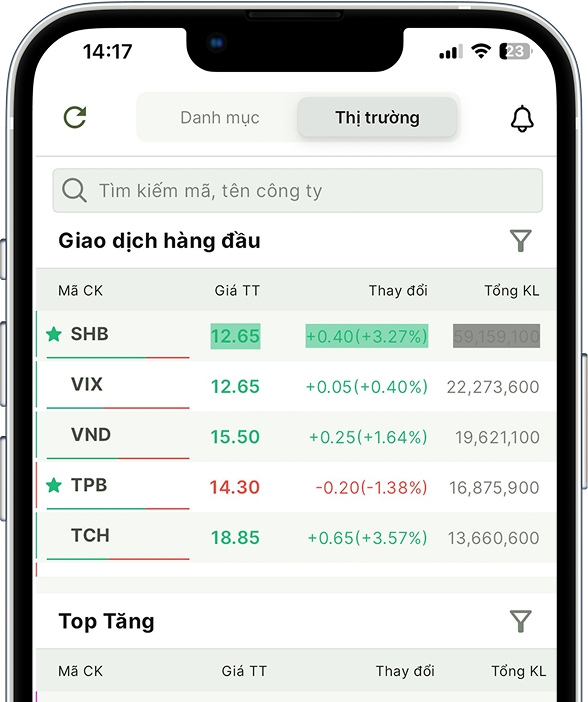STRATEGY REPORT Second half of 2025: POLICY STORMS LIQUIDITY REMEDY
09/07/2025 - 10:55:00 SAClosing the 1H2025:
The VNINDEX traded mostly within the 1,230–1,341 range during 1Q2025 before sharply declining to 1,094 due to tariff-related events. However, the market quickly staged a V-shaped recovery and approached 1,380 by the end of June 2025. The macro environment in 1H2025 aligned with our forecast of a highly uncertain global backdrop. Elevated reciprocal tariffs have raised concerns over exchange rate pressures and the potential weakening of Vietnam’s export growth.
Our early-year investment strategy delivered a solid performance in 1Q2025, outperforming the VNINDEX by 4–6%. However, the severity of newly announced tariff policies—well beyond market expectations—immediately impacted key sectors such as industrial real estate and marine transportation in our portfolio, which saw steep declines and only partial recoveries. In contrast, sectors including public investment, banking, and energy maintained steady upward momentum.
Outlook for 2H2025:
Looking ahead, we remain focused on a strategy that prioritizes stability amid increasing global uncertainties. We continue to express caution regarding Vietnam’s ability to sustain high GDP growth 2H2025, as ongoing shifts in U.S. tariff policy may affect not only export volumes but also the structure of the domestic economy. Nevertheless, a stable interest rate environment and improved liquidity—driven by both domestic support and foreign investor inflows—should provide positive catalysts for VNINDEX performance.
Our base-case valuation range remains anchored around -1 standard deviation to the 3-year median P/E, equivalent to an index level of 1,350–1,500. This is based on our revised forecast of 11.6% YoY earnings growth in 2025 for listed companies in our coverage. VNINDEX liquidity is projected to increase by 20% compared to 2024.
Our investment strategy for 2H2025 continues to prioritize stability in light of rising macro uncertainties. We focus on sectors such as Banking, Consumer, Public Investment, Technology, Fertilizer & Chemicals, and Residential Real Estate.
Global Risk Outlook:
Finally, we highlight two major risks that could weigh on the global economy over the next 1–3 years:
(1) Geopolitical conflicts and global polarization, potentially leading to prolonged trade wars, disrupted supply chains, and slower growth;
(2) Tight monetary policy with high interest costs, amid growing public debt risks across many countries.




